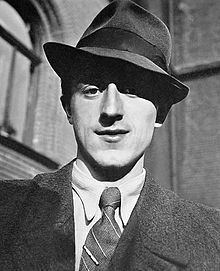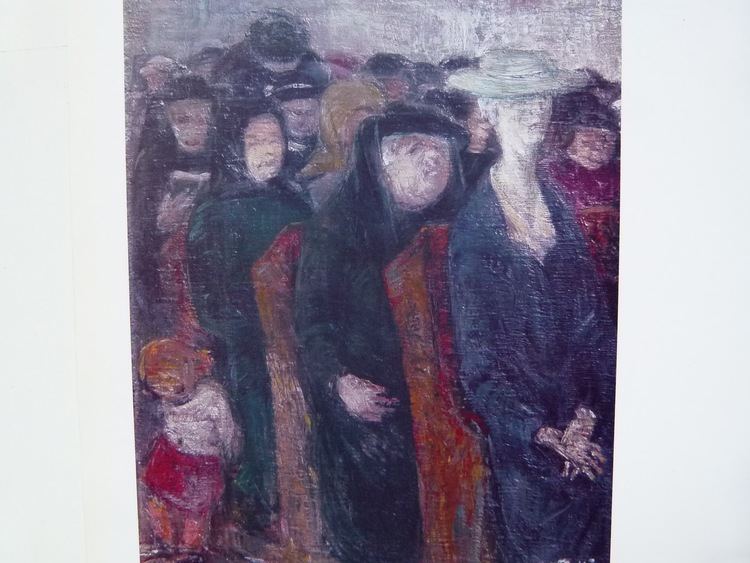Name Bela Abodi | ||
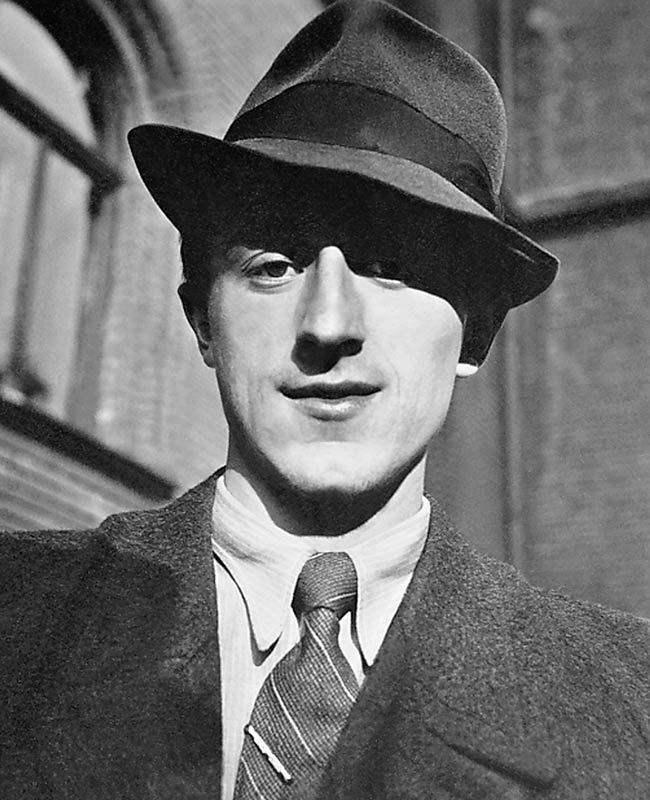 | ||
Born 13 July 1918 ( 1918-07-13 ) Known for painter, graphic artist, professor | ||
Béla Nagy Abodi (Hungarian: Abodi Nagy Béla; 13 July 1918 – 9 December 2012) was Hungarian painter, and professor of the Academy of Fine Arts in Cluj-Napoca.
Contents
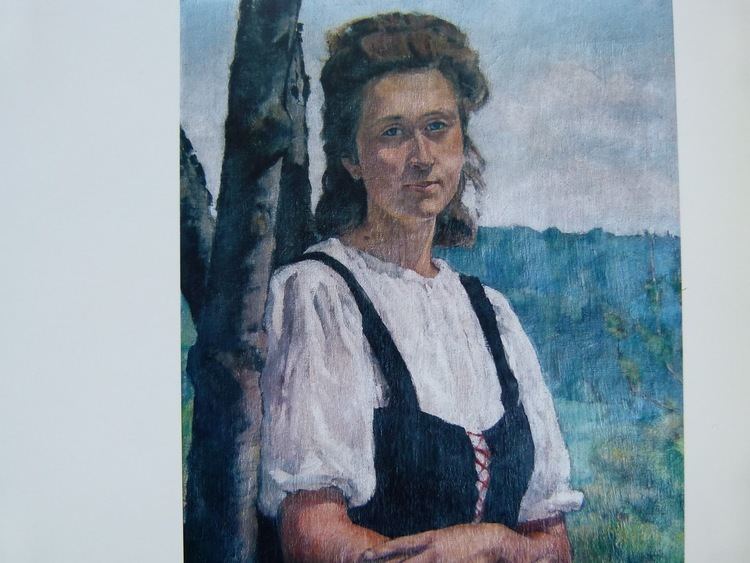
He studied in the class of Camil Ressu at the Academia de Belle-Arte in Bucharest, and ended up then at the Hungarian Academy of Fine Arts in Budapest, as a student of István Szőnyi. He spent five years as a soldier in the Hungarian army, then as prisoner of war in Russia. He was a teacher at the Kolozsvár Academy of Fine Arts, actually University of Art and Design Cluj-Napoca, Romania, then he worked as the head of the department and a master for generations of artists between 1949 and 1983 [2]. He has been a Kolozsvár resident until 2008, and lives since then in Budapest.

Béla Nagy Abodi is one of the most universal representatives of modern Hungarian and Romanian fine arts. He is a typically Hungarian and at the same time, a distinctively Transylvanian artist. He is a highly qualified, conscious artist, but at the same time a sensitive, true colourist, "a painter of the soul". His marvellous artwork bridges over several artistic periods and expressive systems of forms, though it constitutes a distinct entity: Abodi's dominant artistic character can be immediately traced in his diverse and always renewing oeuvre. He is a daring experimentalist, a persistent seeker who never strains after visual artifices or unnatural stylistic unity for his own sake. Abodi is the archetype of a professional and intellectual creator who is in possession of a complete range of professional tools and who is endowed with superior knowledge. His abundant lifework is a mine of deeply sympathizing, socially committed, objective-realist or dramatic and shockingly expressive depictions, at other times pictorial satires deploying the weapons of irony or even dead-on sarcasm, and the master-like composition of absurd and grotesque figurality. His later works are characterised by monumental pictorial architectures, genius "full orchestra" structures, figural-decorative compositions that are inspired by Hungarian folk art, and then geometrical-abstract or abstract-expressionist representations.

The pictures he painted at a later age are staggeringly clear artistic and deeply human conclusions: they are the pictures of an age, genius clinical aspects of the period. Abodi is mostly known as an artist who is wrestling with questions of human fate and as a painter of compositions that create master-like systems of pictures.
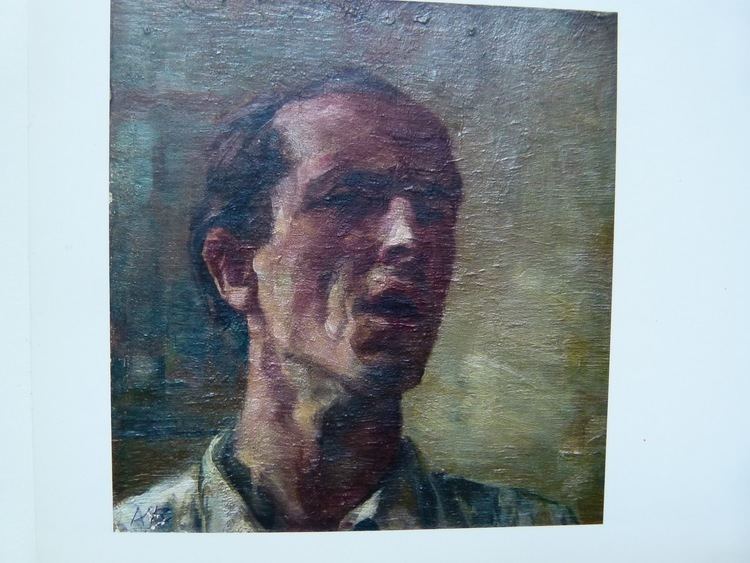
Besides his artistic activity, Abodi is a devoted public personality who has been fighting throughout his life for the survival of the Hungarian population of Transylvania – including their lawful community rights, uniquely rich culture and education at all levels. He did so as a leader of Hungarian social and professional organisations (vice-president of the Association of university and college students of Székely Land – SZEFHE after 1939, honorary president of the Barabás Miklós Céh (Miklós Barabás Guild) after 1990, etc.), as a university student (Bucharest, Budapest), as a university lecturer and leader, as a prestigious artist, and as a master of the written and spoken word.
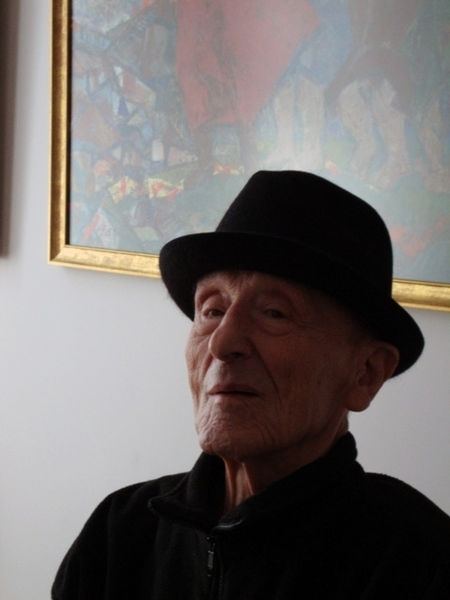
His work of art can be best studied by reading Andor Bajor Bajor Andor's marvellous book, the Abodi monograph that has been published by Kriterion in 1986, as well as by consulting "Who is Who 2011", the thick catalogue of his collection exhibited in the Museum of Transylvanian Fine Arts in Cluj-Napoca ( Kolozsvár) (Bánffy Palace) in 2004. Numerous data and visual information may be found about Abodi on the Internet. His portrait film, "The light of the future" has been broadcast several times on Duna Television [3].
Biography
Further details about the bibliography and artworks of Béla Abodi Nagy can be found in contemporary artistic encyclopaedias that were published in Hungary and Romania, in publications about the fine arts of Transylvanian Hungarian and Romanian artists, in the Transylvanian Hungarian Who is Who volumes, in the Who is Who Hungary, in the monograph entitled Béla Nagy Abodi by Andor Bajor that was published by Kriterion in Bucharest in 1987, in the album entitled Abodi 2004, on artistic web portals as well as on the www.abodi.hu, www.abodi.org websites.
Family
Additional information
